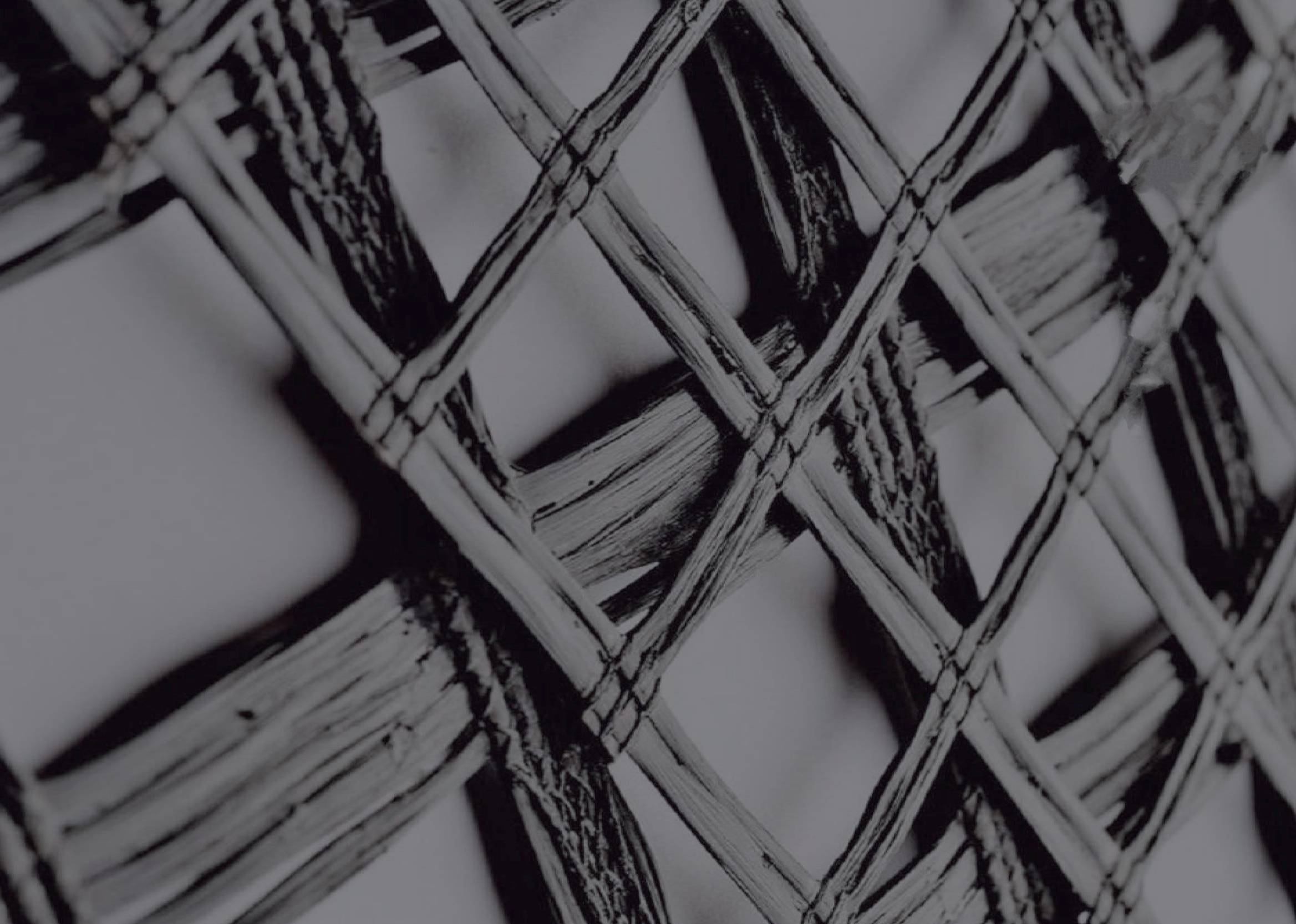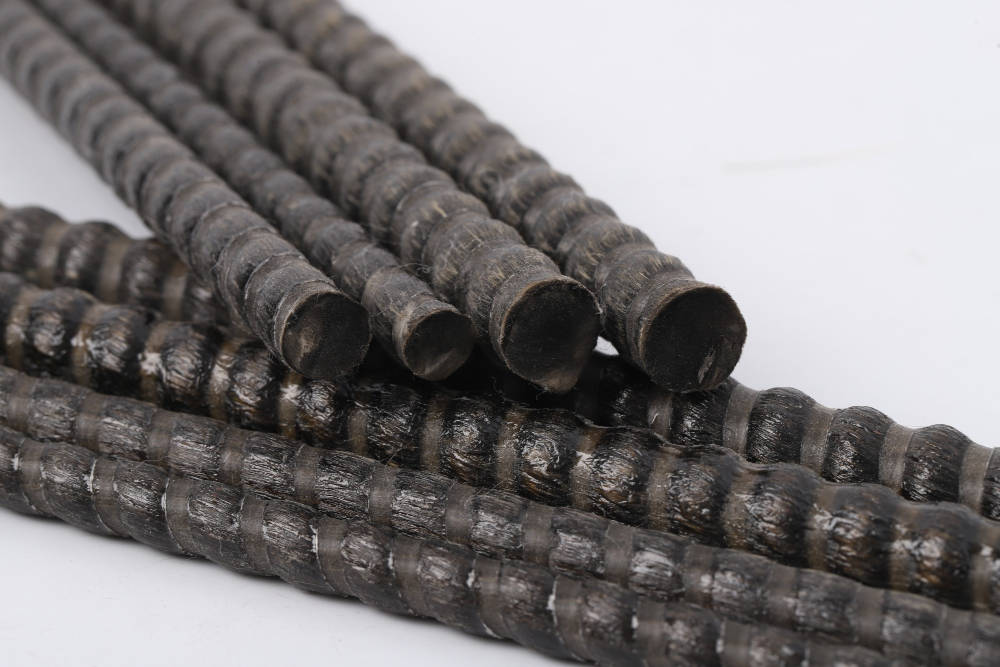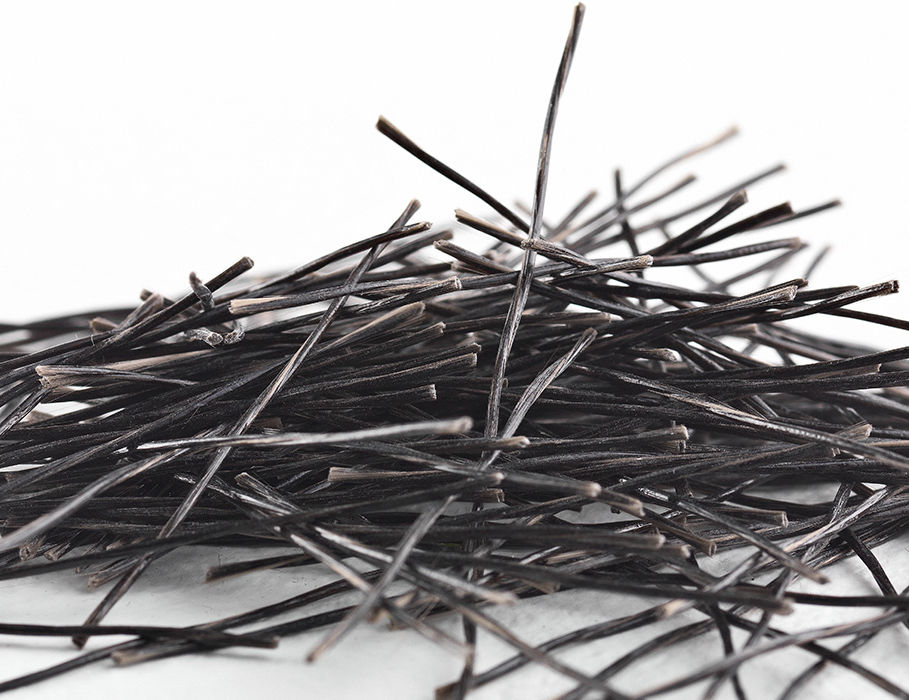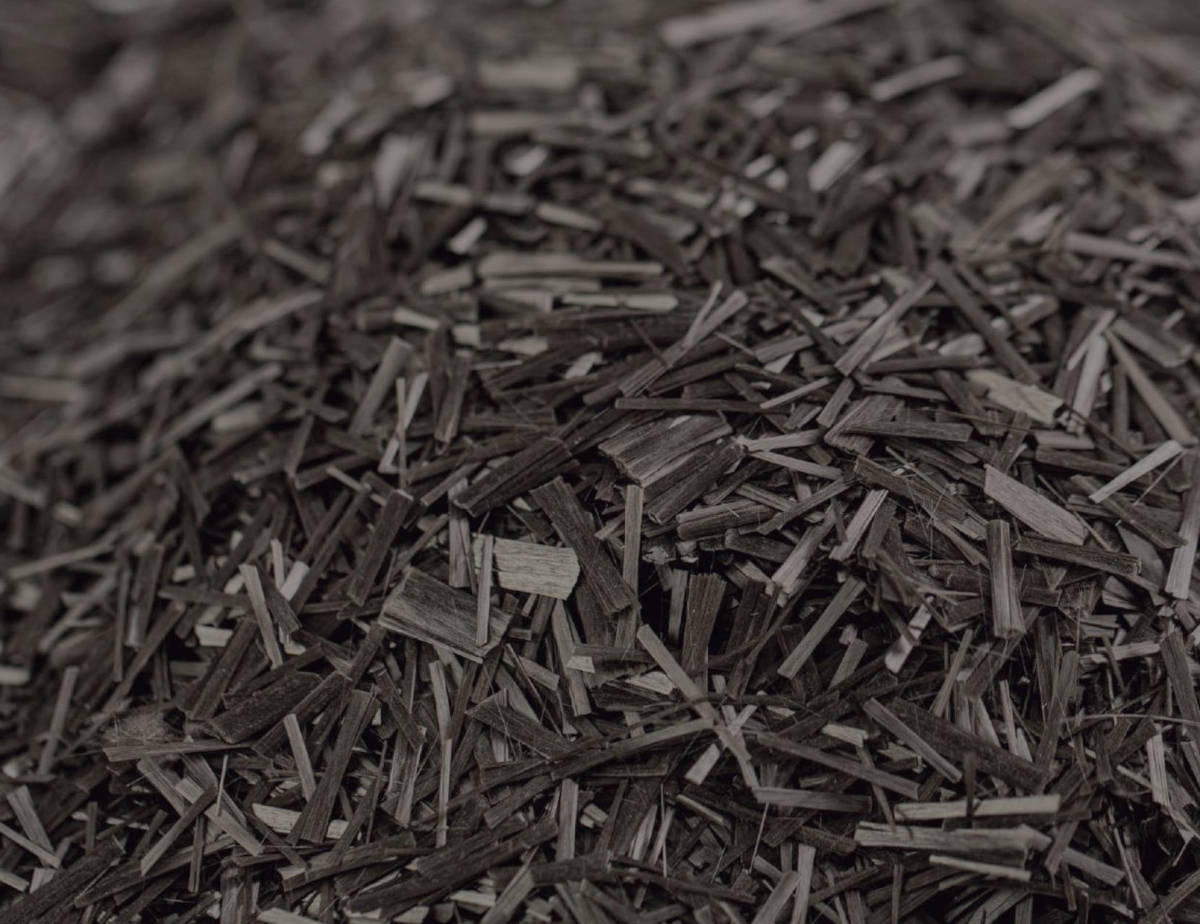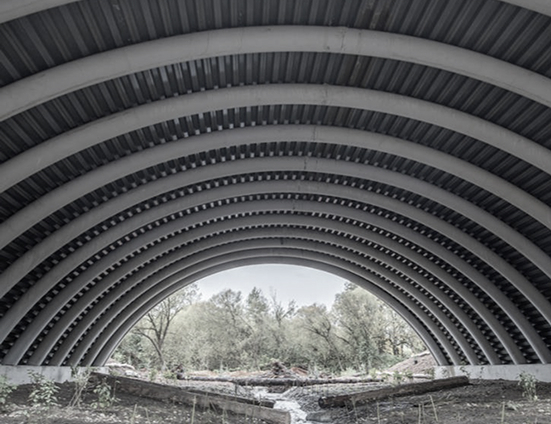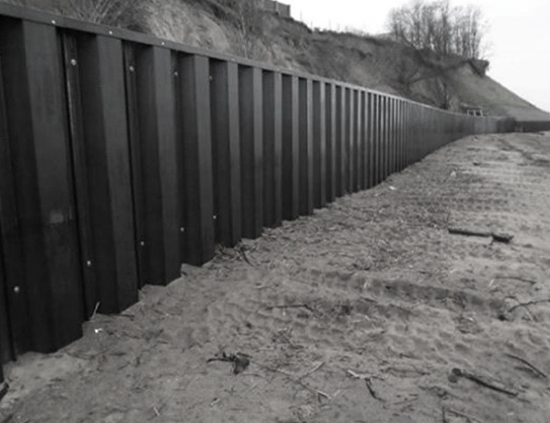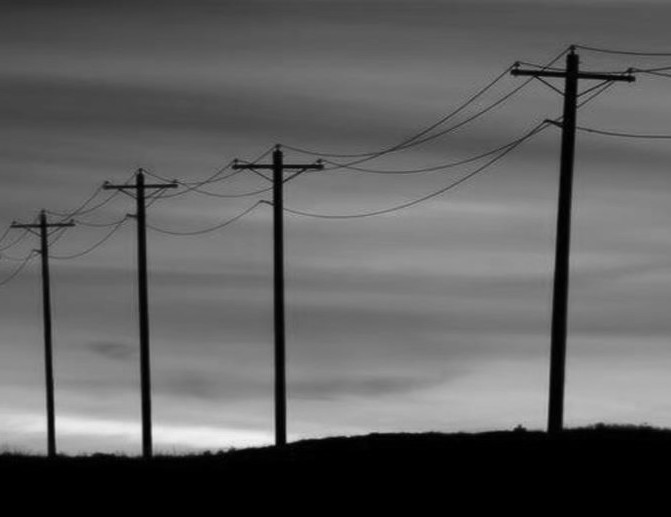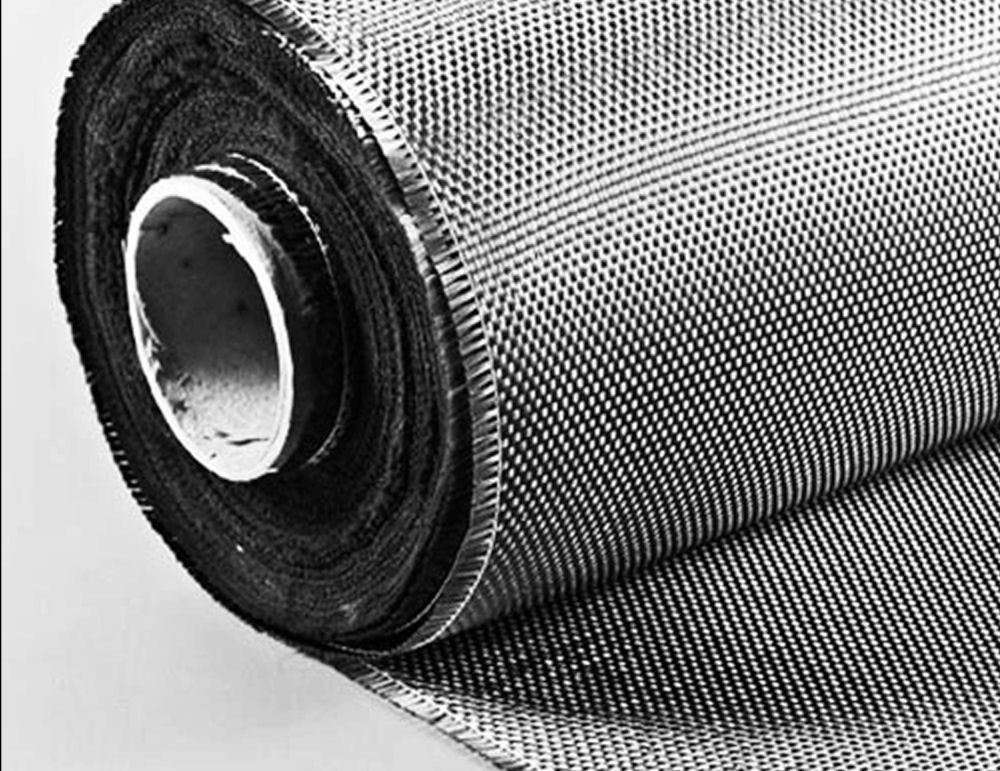
Mesh & Grid
Basalt grid, or mesh, is made up of basalt fibers that cross at right angles
5x more resilient than glass fibers
100% environmentally safe
- Basalt rovings are placed freely atop one another
- Arranged in a grid and stitched together with polyester or nylon thread
- Manufactured using chain stitches on knitting machines
- Remarkable resistance to chemically aggressive substances
- Superior tensile strength and durability for ground and structure support
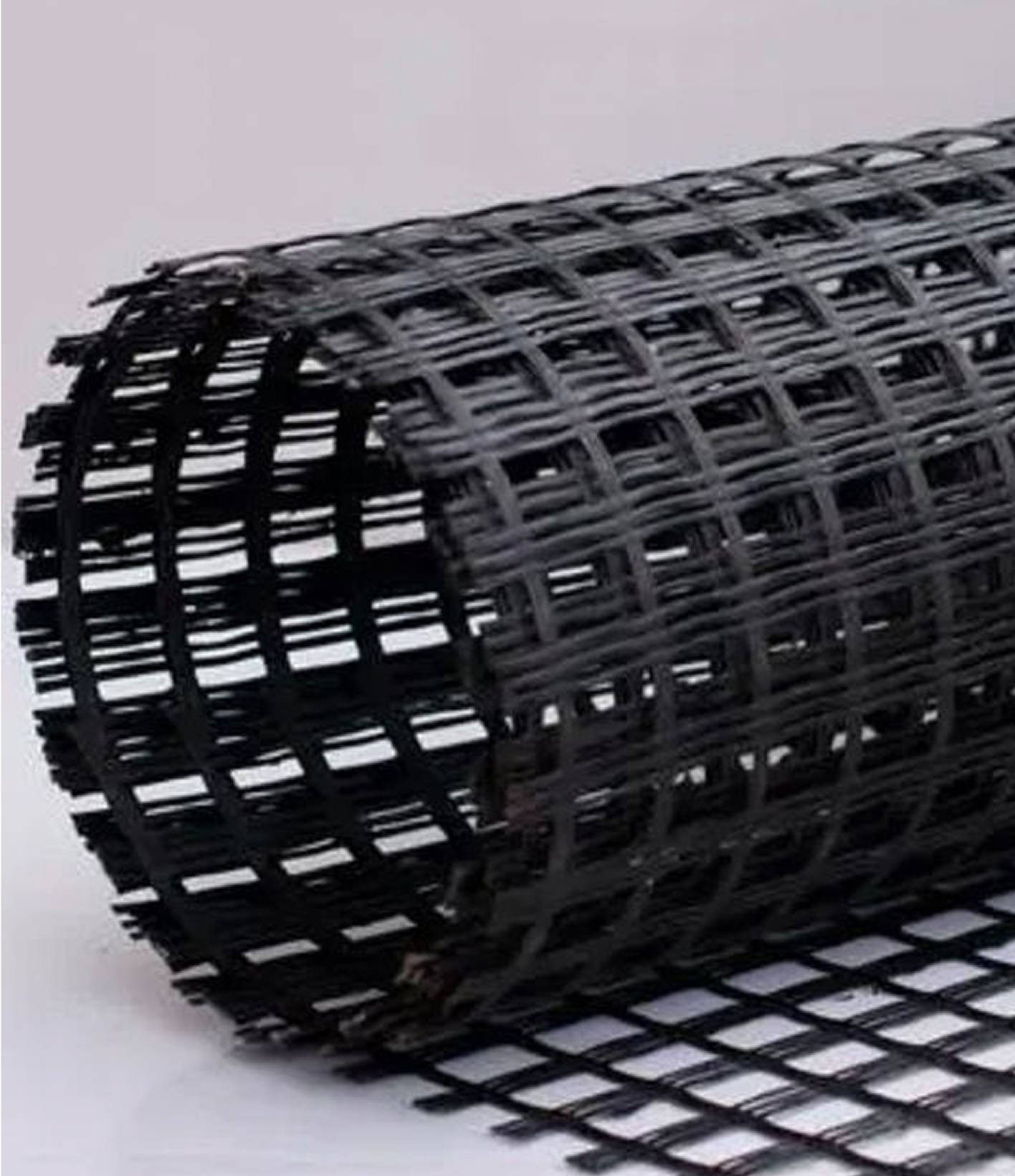
Common Applications
Basalt Grid/Mesh is used in a variety of ways for long-lasting reinforcement

Asphalt and concrete reinforcement for roadways

Slope and soil stabilization

Structural and masonry reinforcement

Airport and railway infrastructure
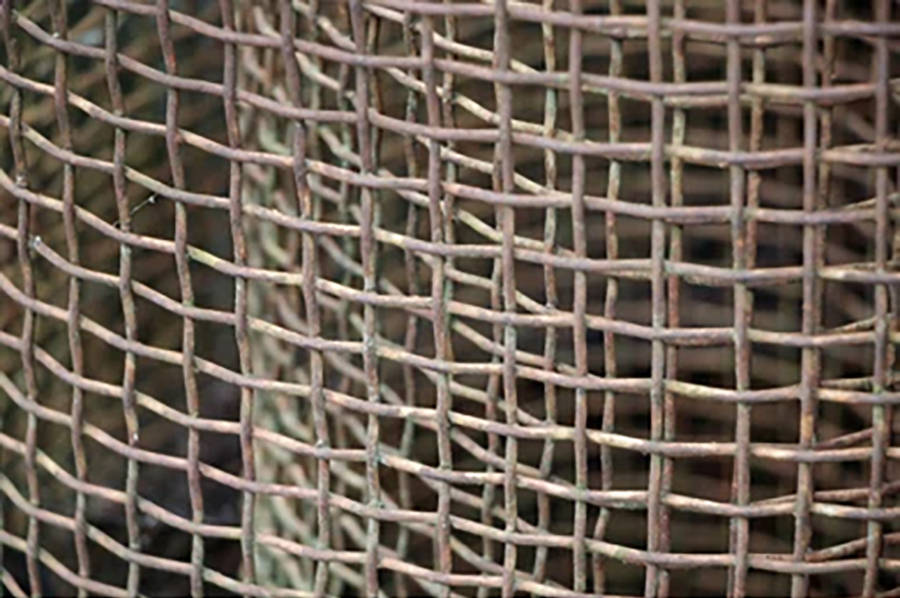
Industry Challenges
Many reinforcement fibers present limitations when exposed to chemicals and weather
- Polyester mesh can degrade from hydrolysis, oxidation, or solvent stress
- Many road construction materials can’t be installed in intense heat or cold
- Some reinforcement materials lose mechanical properties in sub-zero weather
- Most reinforcement introduces non-natural materials into the environment
- Obtaining the reinforcement properties needed can be cost-prohibitive
Material Advantages
Basalt Grid/Mesh outperforms and outlasts other reinforcement materials
- Basalt is naturally inert and stands up to aggressive chemical environments
- Withstands saline solutions and is 5x more resilient than glass fibers
- Can be installed in any weather, thanks to its resistance to both heat and frost
- Retains physical and mechanical properties even in sub-zero temperatures
- Basalt stone is a natural material that’s 100% environmentally safe
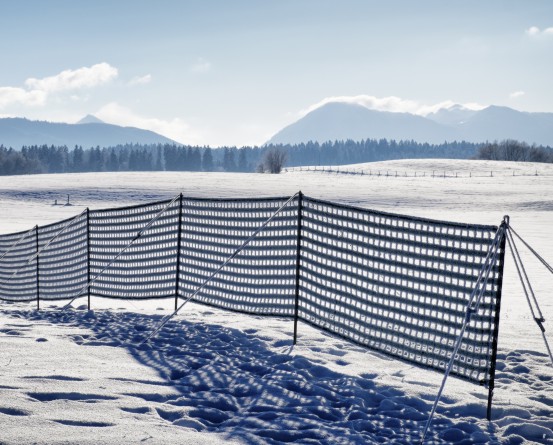
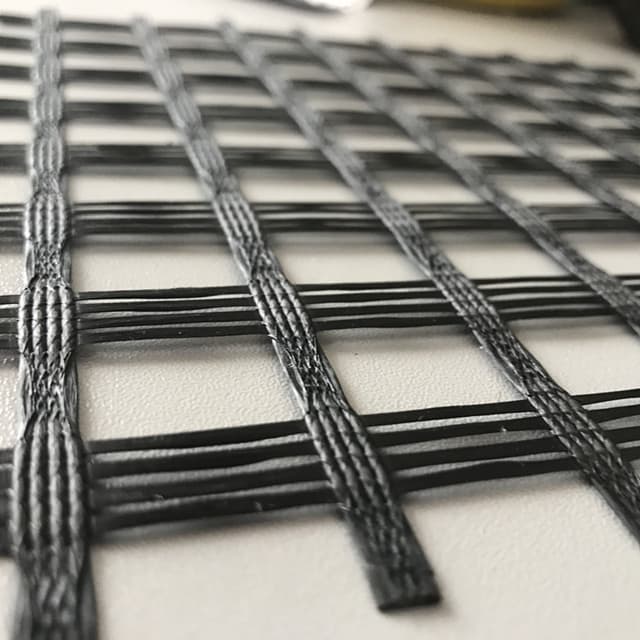
Business Benefits
Basalt can improve performance, project timelines, and costs
- Basalt road mesh has the highest performance properties at the lowest cost
- Lower risk of material degradation means lower lifetime cost
- Avoids project delays with installation during any weather conditions
- Retains stability and function even in sub-zero temperatures
- Contributes to sustainability goals with a totally natural product material
Key Specifications
Why Basalt Road Grid is better than Metal?
| Parameters | Aluminum | Steel |
|---|---|---|
| Lower Density | 1.4 times | 3.9 times |
| Greater Thermal Tensile Strenth | 4.2 times | 7.7 times |
| Reduced Conductivity | 400 times | 128 times |
| Electrical Resitance (basalt is an insulator) | Conductor | Conductor |
| High Corrosion Resistance | Susceptible to electrical corrosion | Not stable |
Contact an Expert
Please contact us if you have any questions about our products. One of our experts will get back to you as soon as possible.
Contact Us NowStart a Quote
To begin the purchase process, click below and answer a few preliminary questions. We'll get back to you with more information as soon as possible.
Start Quote